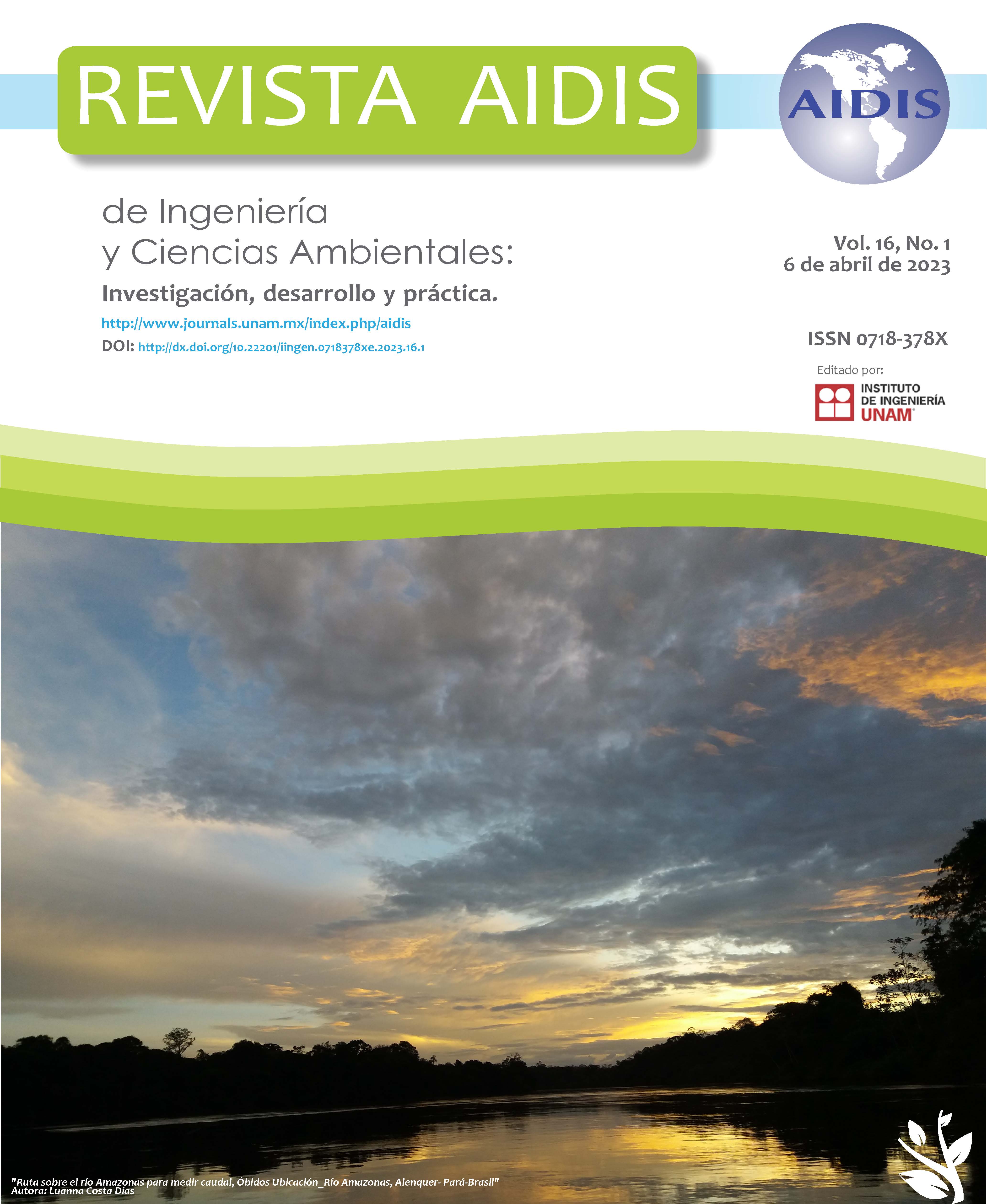ANAEROBIC TREATMENT AND ENERGY RECOVERY OF WASTEWATER FROM THE CORN NIXTAMALIZATION PROCESS: A REVIEW
Main Article Content
Abstract
In Mexico, the generation of wastewater from the corn nixtamalization industry (also named nejayote) is 14.4 million m3/year. This type of wastewater is characterized by an alkaline pH>10, high content of organic matter (33.2 gCOD/L on average), and a BOD5/COD ratio of 0.4, indicating a high biodegradability through anaerobic biological processes with energy recovery. Dark fermentation and anaerobic digestion processes offer alternatives for using this residual water. In addition to stabilizing the residue, it generates value-added by-products such as volatile fatty acids, methane, hydrogen, and digestate. Few investigations have focused on the production of biogas from nejayote, reporting maximum yields of 282 mLCH4/gCOD and 49.3 NmLH2/gCOD, offering organic matter removal from 50% to 95% in terms of COD. The energy recovery of wastewater from nixtamalization has an energy potential that can reach up to 20.4 kWh/m3, which can be used to cover the energy requirements of the dynamic equipment and auxiliary services in the treatment, and the rest can be used in the industry.
Article Details
Citas en Dimensions Service

This work is licensed under a Creative Commons Attribution-NonCommercial-NoDerivatives 4.0 International License.
